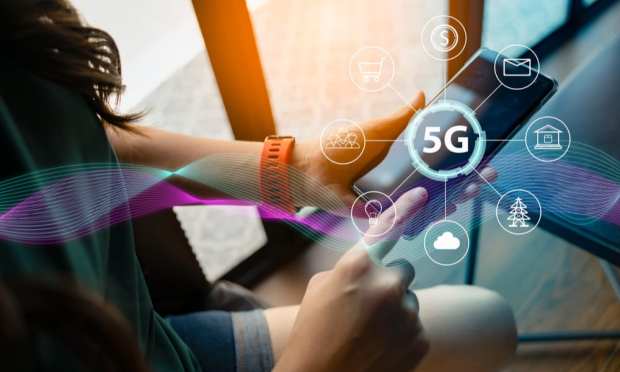5G Rollout Gets Further Legislative Push

The flurry of legislative action was not limited to stimulus bills.
As of this writing, the House of Representatives is poised to take up a $2 trillion plan to help individuals, families and businesses hurt by the economic fallout tied to COVID-19.
And elsewhere, perhaps with relatively less fanfare, legislation with a different focus – but no less sweeping – was signed into law.
To that end, President Donald Trump signed two bills into law on Monday (March 23) that take aim at improving broadband connectivity across the U.S.
The bills are known as the Secure 5G and Beyond Act (we’ll call it Secure 5G for short) and the Broadband Deployment Accuracy and Technological Availability Act (we’ll truncate this to Broadband Deployment).
At a high level, the Secure 5G legislation mandates that the president develops strategies that secure next-generation mobile telecom and infrastructure. The rollout of 5G will require the joint efforts of the Federal Communications Commission (FCC), the Department of Homeland Security and the Department of Defense to craft a plan within 180 days.
The text of the bill also seems to give a nod to 5G deployment outside the States, as it notes that the government “will provide technical assistance to mutual defense treaty allies of the United States, strategic partners of the United States and other countries, when in the security and strategic interests of the United States, to maximize the security of 5th and future generations [of] wireless communications systems and infrastructure inside their countries.”
The Broadband Deployment Act mandates that the FCC creates rules that govern data collection tied to broadband, and in addition, pinpoints where broadband is available and where it is not.
Those government actions come as a number of the largest wireless companies in the U.S. – Sprint and Verizon among them – have begun bringing 5G service to the States.
A statement from the House Energy and Commerce Committee took note that “the need for connectivity is even more critical now that millions of Americans are teleworking and learning from home in response to the coronavirus pandemic.”
The push toward codifying and bringing further government efforts to bear on 5G comes as Big Tech firms such as YouTube and Netflix are taking steps to reduce video from high definition to standard definition, or reducing the size of the video files themselves, to ease the strain.
The logic is simple enough: The sheer number of people accessing the internet to do, well, everything – work from home, shop from home, stave off boredom from home, keep the kids occupied at home – has mushroomed. That puts increased demand and strain on downloading speeds, even impacting the quality of the video that gets downloaded. More demand translates into slower speeds. As noted in The New York Times recently, and as estimated by broadband testing form Ookla, median download speeds were recently down by 24 percent in San Jose, California and 24 percent in New York.
Internet service companies are adding capacity, according to the Times, as Verizon and AT&T, among others, have been building more cell sites.
A national strategy is thus taking shape as all manner of interactions go online. Telemedicine is taking root, and tens of millions of schoolchildren are learning via online classes. The post-work happy hour is now done in bits and bytes. Family gatherings now are limited to 40 minutes on (free) Zoom appointments (thanks for the time limits, by the way).
As Bloomberg reports, the government wants 5G to be made widely available beyond major U.S. cities, and the FCC has estimated that as many as 21 million individuals across the country live in areas without access to broadband. Microsoft has estimated that as many as 163 Americans were not able to use high-speed internet service, the newswire reported. Getting that broadband access in place is critical, even as various stakeholders work together to get 5G in place.
